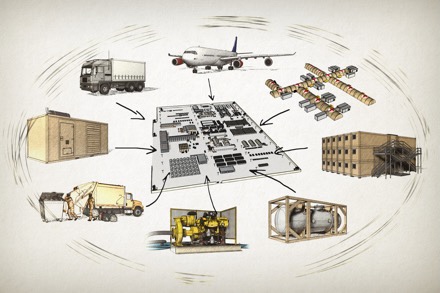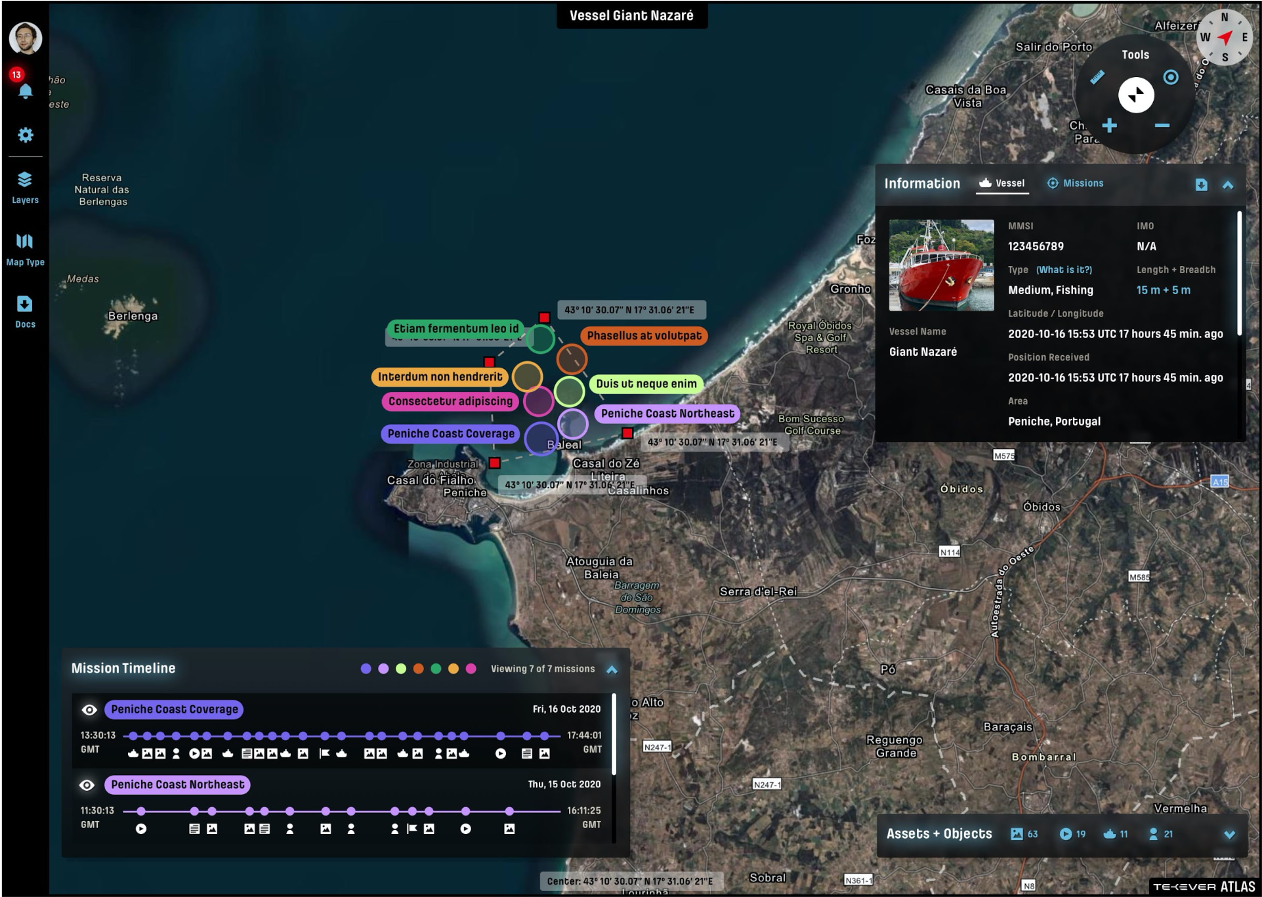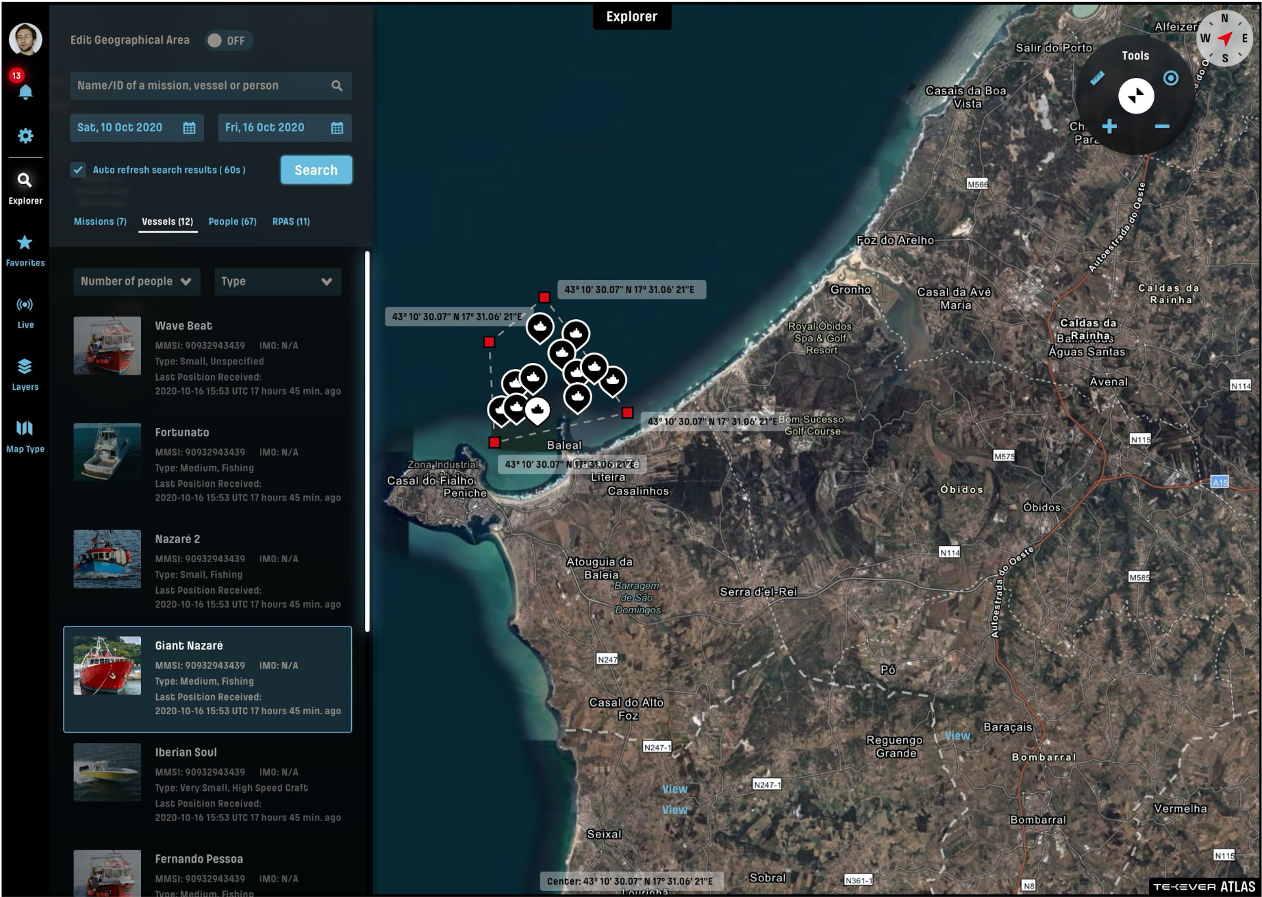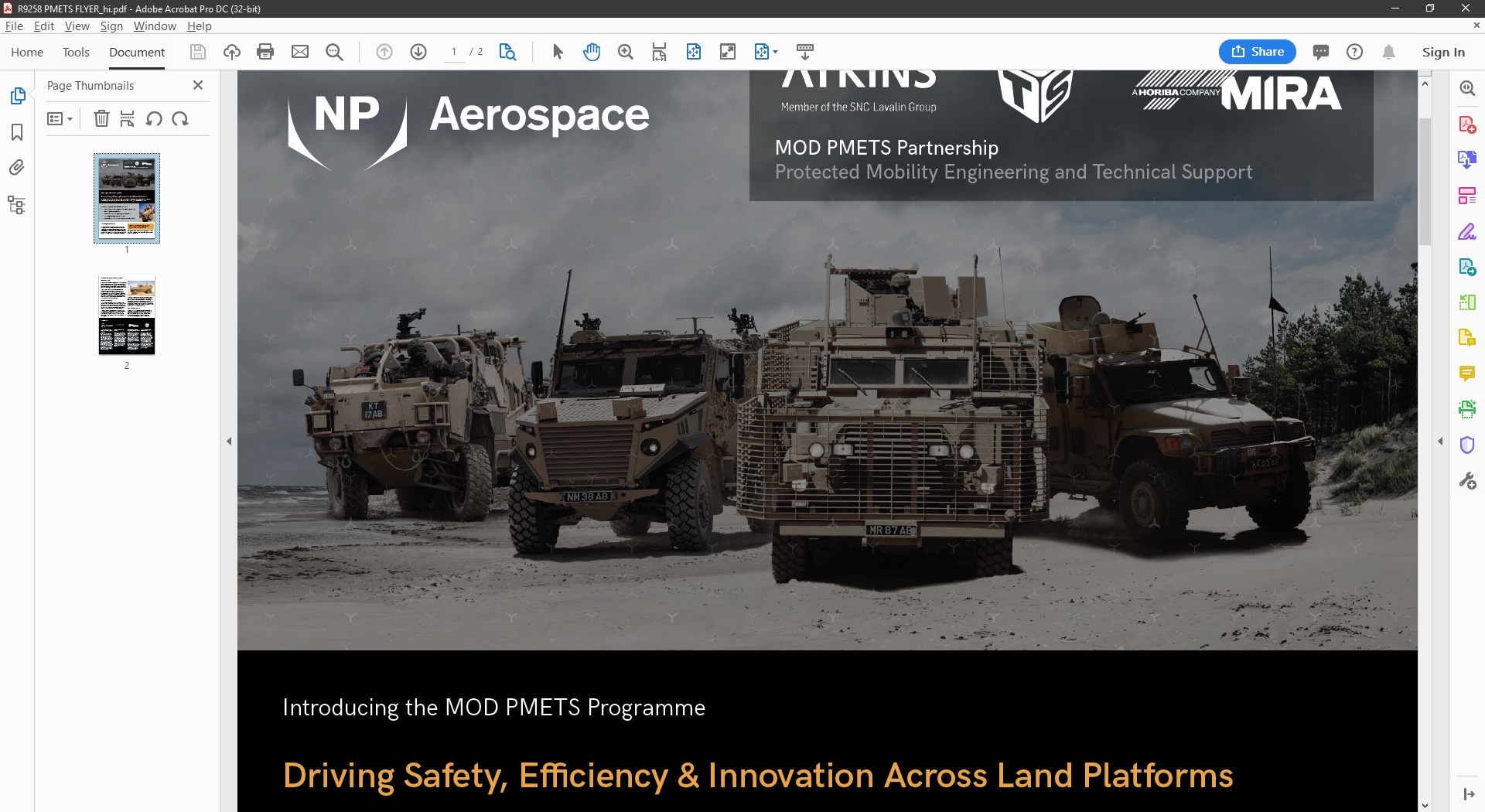NEWINGTON, N.H., (September 17, 2021) – Born out of the current military requirements to deliver cutting-edge performance, SIG SAUER is proud to introduce the SLX and SLH series of suppressors. The advancement of the SLX and SLH series of suppressors was realized through the wholesale transition of the SIG SAUER product line to Direct Metal Laser Sintering (DMLS) resulting in the most innovative suppressor technology to date – the next generation of suppressors has arrived.

“The commercial launch of the SLX and SLH suppressors has been highly anticipated due to the fact that these are the suppressors we developed exclusively for our Next Generation Squad Weapons program submission,” said Tom Taylor, Chief Marketing Officer and Executive Vice President, Commercial Sales, SIG SAUER, Inc. “The DMLS manufacturing process of the SLX and SLH suppressors eliminates the drawbacks of welded baffles that historically presents design limitations for sound, flash, and the reduction of toxic fumes. Alternatively, the SLX and SLH suppressors are designed to not only withstand the rigors of the battlefield through its innovative monolithic design, but they are each optimized to dramatically reduce harmful toxic fumes and sound because of patented design features that can only be achieved through the non-traditional manufacturing processes.”
The SIG SAUER SLX Series of suppressors are designed to drastically reduce toxic fume inhalation by the end-user and sound reduction and are available for 5.56 or 7.62 NATO calibers. The SLX suppressors feature a monolithic core construction in Inconel, an internal multi-flow path to exhaust gases at a higher rate resulting in lower toxic fume inhalation, a sound reducing baffle design, a flash reducing end cap, and are available with either the new Clutch-Lock QD mounting system for easy install and removal that offers an intuitive tactile locking ring with infinite radial locking positions, or direct thread.
The SIG SAUER SLH Series of suppressors are designed to provide the highest degree of sound reduction in both supersonic and subsonic ammunitions and available for 7.62 NATO and 300BLK calibers. The SLH suppressors feature a monolithic core construction in either Inconel or Titanium, an internal multi-flow path to exhaust gases at a higher rate resulting in lower toxic fume inhalation, a sound reducing baffle design, a flash reducing end cap, and are available with either the new Clutch-Lock QD mounting system for easy install and removal that offers an intuitive tactile locking ring with infinite radial locking positions, or direct thread.
SLX Suppressor Specs:
Caliber(s): 5.56 or 7.62 NATO
Finish: High Temp Cerakote
Core Material: Inconel
Diameter: 1.67in.
Overall Length: 5.24in./7.49in.
Weight: 8.8oz -19.4oz.
Attachment Type: Clutch-Lock QD™ or Direct Thread
SLH Suppressor Specs:
Caliber(s): 7.62 NATO or 300BLK
Finish: High Temp Cerakote
Core Material: Inconel or Titanium
Diameter: 1.67in.
Overall Length: 5.24in./7.49in.
Weight: 12.6oz – 19.4oz.
Attachment Type: Clutch-Lock QD™ or Direct Thread
The SIG SAUER SLX and SLH Series Suppressors are now shipping and available for purchase at retail stores. For more information about the SIG SAUER SLX, and SLH Series Suppressors, or the full product line of SIG SAUER Suppressors including the MODX Series visit sigsauer.com.




 Rampart USA Corp is also pleased to announce the hiring of Stephanie Gaskins as Business Development Manager for the US market.
Rampart USA Corp is also pleased to announce the hiring of Stephanie Gaskins as Business Development Manager for the US market.






















































































































